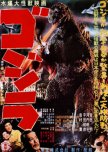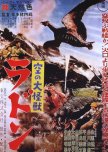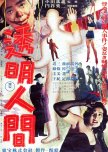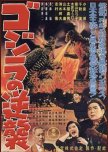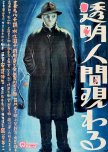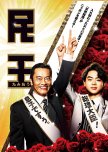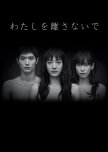- Română
- Arabic
- English
- Čeština
- Titlu Nativ: ゴジラ-1.0
- De asemenea cunoscut ca și: Gojira Mainasu Wan
- Scenarist și Regizor: Yamazaki Takashi
- Genuri: Acțiune, Tokusatsu, Groază, Sci-Fi
Unde Urmăriți Godzilla Minus One
Subscription (sub)
Cast și credite
- Kamiki RyunosukeShikishima KoichiRol Principal
- Hamabe MinamiOishi NorikoRolul de Sprijin
- Yamada YukiMizushima ShiroRolul de Sprijin
- Aoki MunetakaTachibana SosakuRolul de Sprijin
- Yoshioka HidetakaNoda KenjiRolul de Sprijin
- Ando SakuraOda SumikoRolul de Sprijin
Recenzie

Această recenzie poate conține spoilere
So good!
I have been watching Godzilla movies as long as I can remember. Most are enjoyable and enteretaining except the 1998 American made one. It's one of the worse movies I have ever seen.This movie has no right to be as good as it is! But it is good. Very good and a great movie to celebrate the 70th anniversay of the most well known kaiju in the world. Must be seen on the big screen.
I didn't know a Godzilla movie could pack an emotional punch the way this film did. It's a testament to the writing and acting in this film. Kamiki Ryunosuke, Hamabe Minami, Yamada Yuki, Aoki Munetaka, Yoshioka Hidetaka, Ando Sakura and Sasaki Kuranosuke. I'm listing all the actotrs here b/c everyone played their roles well. I also, must shout out the little girl actress. I don't know her name b/c she's not listed in MDL for this film but she was magnificent and I think she was only 3 or 4 years old. I can't give much away but the film explores survivors guilt, shame and forgiveness.
12/3/23
Considerați utilă această recenzie?

"This battle is a fight to live for our future"
When I saw the Toho logo my heart jumped with joy knowing Godzilla was back home where he belonged. In Godzilla Minus One he was no longer a comic character playing catch with a giant lobster or the King of the Kaiju restoring balance to the Earth. He was a destroyer and an indictment on humankind’s hubris and a reminder of the horrors of war. If Japan was at level zero after WWII, Gojira put them at minus one when he surfaced from the depths of the ocean with a terrible judgement.Near the end of WWII, Shikishima Koichi is a kamikaze pilot who lands his plane on a small island held by the Japanese ostensibly for engine trouble. It’s not long before the mechanics realize he has run away from the fight. They don’t have long to berate him when they are attacked by a monster the locals call Gojira. When Shikishima freezes once again, he is labeled a coward by the only other survivor. Back home he is reviled by a sister for returning alive, as she blames the country’s problems on his failure. Koichi takes in a woman with an orphaned baby, unable to throw them out when Noriko makes herself at home. The war isn’t over for Koichi as he is paralyzed with regret, guilt and PTSD and unable to move on with his life. When Gojira heads for Japan, the pilot will have a second chance to redeem himself and his honor.
Godzilla Minus One succeeded in two areas. Firstly, they went back to Gojira’s mythology and his evolution from nuclear testing. Gojira was personification of the fear and memory of atomic weapons, something the people of Japan had suffered horrifically from. He was also a punishment for Japan’s militaristic era and the damage done to others and their own people. This monster claimed his territory with a fearsome rage. Capable of regenerating, modern weapons were all but useless against him. Secondly, for one of the first times since the original, there were compelling human characters with interesting stories seamlessly woven into Gojira’s appearance and threat. Too often, the humans were dead weight in Toho’s Gojira films saddled with mediocre actors and dialogue. Koichi was a complicated character and his boat buddies were developed enough to remember them. Noriko as a character was thinly but heroically drawn. Even the characters who reviled Koichi came around to being more well developed.
If there was one flaw, the horrors of the war were laid solely at the government’s feet, which categorically absolved the rank and file from atrocities committed during the war. And yes, the government had the “best ability of spinning and hiding information from the masses”. The government also, “...treated our lives too cheaply...Tanks with insufficient armor, poor supply chains-leading to starvation and disease…and fighter planes without ejection seats…as well as kamikaze and suicide attacks.” The characters emphasized living for their country and its future instead of dying for it even as they bravely faced a seemingly indestructible foe.
For a film made for 15 million dollars (USD), it looked far richer. The special effects were excellent whether it was Gojira’s atomic breath, miniatures, ships, or buildings crumbling like houses made of cards. Gojira himself, was frighteningly majestic and terrifying. Able to regenerate, he did come across as a vengeful god. This film deservedly earned an Oscar for Visual Effects. One last little production note--Sato Naoki is credited as the composer but much of the score was a reworking of Ifukube Akira's iconic Godzilla theme.
Not since the original Godzilla (1954) have I enjoyed a Big G film this much. Gojira was a merciless, destructive force, created by unnaturally splitting atoms. The people of Japan united not to fight to the death against this formidable opponent but to use all of their abilities in a battle that would ensure that they could live for their future. In the face of this harbinger of death, there were those who found redemption, love, and healing. Good job Toho! You made a film worthy of the original and a wonderful way to celebrate Gojira’s 70th anniversary.
2 June 2024
Considerați utilă această recenzie?

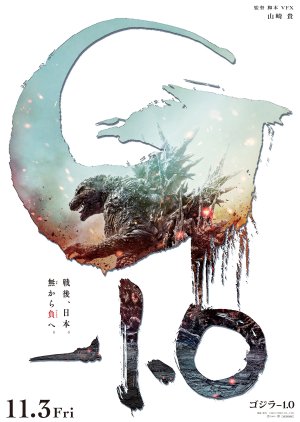








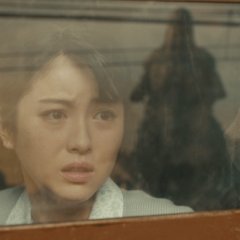
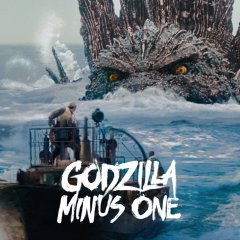
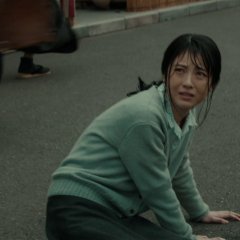

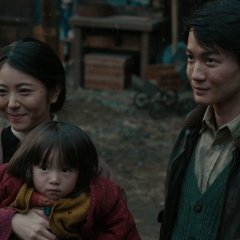
 2
2